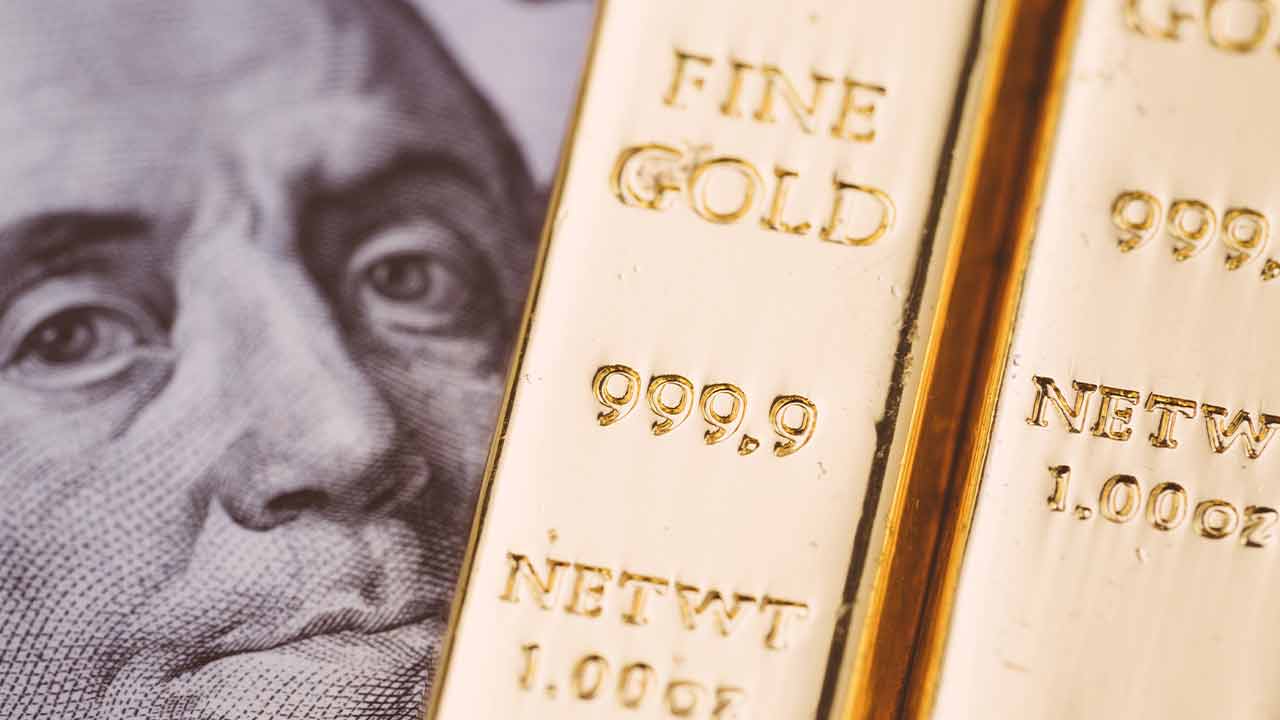(Clint Siegner, Money Metals News Service) Price discovery for precious metals is complicated. There are several different markets for gold and silver.
These markets include the retail bullion market, the London spot market, and the COMEX futures market.
Another market is called Exchange of Futures for Physical (EFP).
The EFP process was developed as a means for institutional investors to swap contracts for actual bars outside of the regular COMEX delivery process. EFP insulates the highly leveraged and volatile COMEX market during periods of low supply and high demand for COMEX bars.
For example, buyers who needed to deliver 1,000 oz silver bars early in the year paid as much as $1/oz more than the current London spot price. Institutional investors transferred tons of metal from London to the U.S. to meet the enormous demand for deliverable bars in the U.S.
Retail investors who wanted to sell were left out, unable to capture that premium in either of the markets they had access to.
How Does Exchange of Futures for Physical (EFP) Work?
In EFP trade, one party swaps a futures contract with another party who has actual physical bars. They make the swap without going through the usual COMEX process, where the buyer purchases a contract and then stands for delivery of bars from the seller.
The swap still gets recorded by the exchange, and the trade is ultimately cleared by the exchange, but prices are negotiated privately between the two parties.
The parties get the protection of COMEX oversight, rules, and enforcement, but they don’t have to enter the open market for price discovery.
This is the important bit.
The trade is negotiated between institutions who have bars available and the institutions who need them right away – like manufacturers who need silver as a component for their production.
It is done without the influence of smaller speculators or the retail public reading the signals about supply and demand and jumping in.
It’s Hard to Read the Signals
There is lots of confusion. Many bullion investors are watching gold and silver prices go higher and assume demand for retail bullion products must be strong.
The truth is buying demand in the U.S. has been muted, and there are plenty of sellers.
Dealer inventories of coins, rounds, and bars are plentiful.
The best way to gauge supply and demand in the retail bullion markets is by watching premiums. Those are at the lowest levels in years.
Physical demand for larger exchange-sized bars did surge early in the year as institutional buyers scrambled for inventory, but retail investors had no way to participate.
The COMEX prices for gold and silver can’t be counted on to reflect either weak demand from retail or strong demand from institutions, and the same with the reverse.
Clint Siegner is a Director at Money Metals Exchange, a precious metals dealer recently named “Best in the USA” by an independent global ratings group. A graduate of Linfield College in Oregon, Siegner puts his experience in business management along with his passion for personal liberty, limited government, and honest money into the development of Money Metals’ brand and reach. This includes writing extensively on the bullion markets and their intersection with policy and world affairs.

